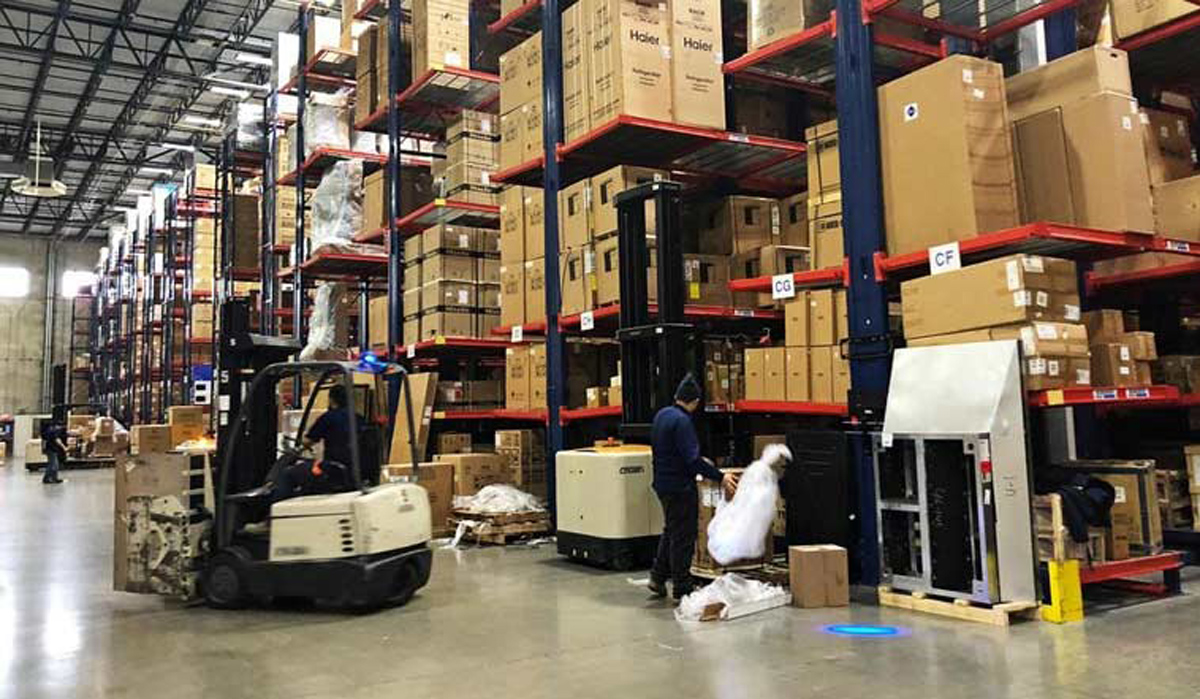Warehouse transactions across eight primary markets totalled 23 million square feet in the first half of 2024, according to Knight Frank India. When looking at the industry split of warehouse transactions, the manufacturing sector has played a pivotal role, contributing to 36% of the transacted volume, marking a significant shift in the market's demand profile. A testament to this lies in how 23% of the transacted warehousing space in H1 2024 was for industrial use (manufacturing activities), as compared to 17% in H1 2023.
According to Knight Frank India, what explains the robust demand from the manufacturing sector is the process of the decentralisation of manufacturing from China, which has attracted global giants like Apple, Samsung, Foxconn, and TSMC to expand their operations in the country. Additionally, the government's 'Make in India' initiative and the Production Linked Incentive (PLI) scheme have further bolstered the manufacturing landscape.
Since early 2022, the e-commerce sector's warehousing volumes have remained stagnant due to surplus capacities from pandemic-era expansions. Major players in this sector have shifted focus towards profitability, acquiring large-format, captive-owned spaces for their regional hubs and reducing speculative expansion, according to Knight Frank.
Shishir Baijal, Chairman & Managing Director of Knight Frank India, noted, "Demand from the manufacturing sector has compensated for the lull in e-commerce and helped broad base the market’s occupier profile. While the availability of viable land for warehousing development remains a challenge, high institutional interest in this space should enable the development of high-quality supply."
55% of the transactions occurred in Grade A spaces, although this is slightly down from 58% in H1 2023, according to Knight Frank. The total leasing volume represents a 4% decline compared to the same period last year, indicating a period of consolidation for the market.
Mumbai led the way, accounting for 20% of the total warehousing volume, driven primarily by the 3PL sector. The National Capital Region (NCR) followed, representing 17% of the total area transacted, with significant contributions from both the 3PL and manufacturing sectors. Noteworthy growth was also observed in Ahmedabad and Kolkata, with transaction volumes increasing by 17% and 27% year-over-year, respectively.
Pune emerged as the most expensive market for warehousing rentals, with an average rate of INR 26 per square foot per month. Kolkata and Mumbai followed, with rates of INR 23.8 and INR 23.6 per square foot per month, respectively. Rental growth across markets can be attributed to reduced supply, with Pune and Chennai witnessing a 4% increase in rentals, while NCR and Kolkata saw a 3% year-on-year growth.
Overall, the top eight warehousing markets in India hold a combined stock of 462 million square feet, with Mumbai constituting 40% of this stock. Healthy transaction volumes and lower supply have brought vacancy levels down to 9.3% in H1 2024. Mumbai, Pune, and Ahmedabad reported vacancy rates of 9.4%, 8%, and 8.3%, respectively.
India's resilient economy and strong fiscal position are expected to sustain and enhance the warehousing market's stability and growth potential for the remainder of fiscal year 2024.



